Can I expect you back next year? Sunflowers can’t announce their intentions, but the perennial varieties will indeed return to your garden next season without involved effort from you.
Other cultivars, of course, must be reseeded, but that does give you a chance to plant different varieties in new colors or heights.
But here’s the real question: How the heck can you tell if your sunflower is perennial or annual?
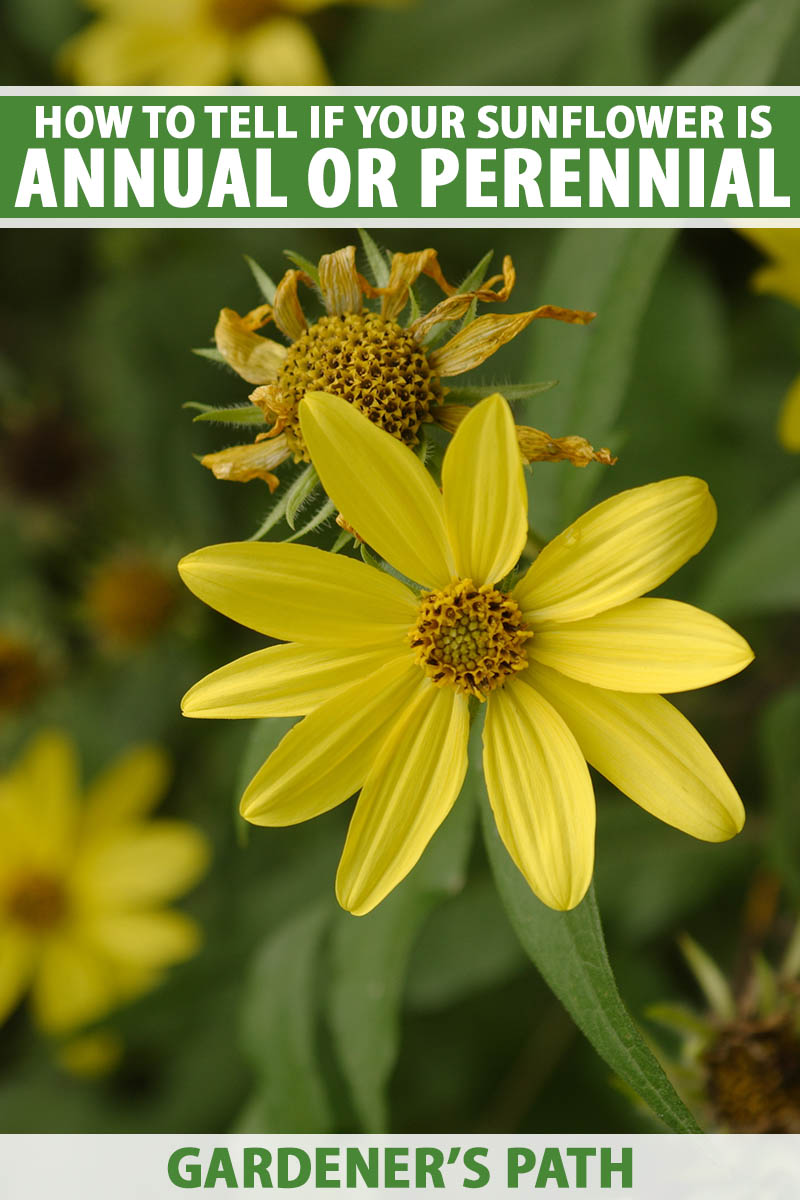
We link to vendors to help you find relevant products. If you buy from one of our links, we may earn a commission.
It does make a difference, of course, in matters ranging from whether to pull plants at season’s end to how much to budget for seeds.
If you’re seeking answers, start here. I’ll let you know which type you’re growing, or which seeds you should grab if you’re trying to plant one type or the other.
Here’s what to expect up ahead:
What You’ll Learn
How to Distinguish Perennials from Annuals
This may be a simple detection job, if you haven’t planted your seeds yet and have the packet handy.
Any time a cultivar has the botanical name specified, and it’s Helianthus annuus, that’s an annual. The second half of that Latin phrase, “annuus,” is the tip-off.
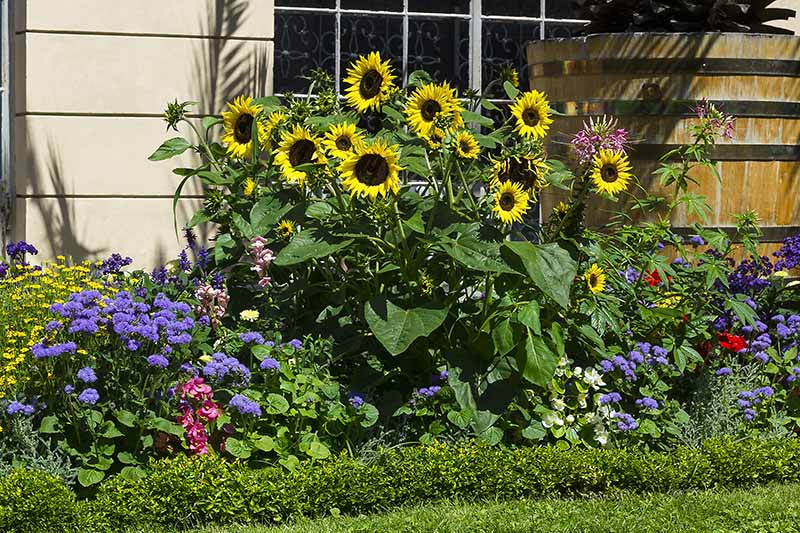
Of course, there are a couple others that are described commonly as “sunflowers” and must be seeded anew each year, notably Mexican sunflowers, Tithonia rotundifolia.
But any time you see H. annuus associated with your blooming plant, you can trust that it’s an annual.
As for the botanical names of the perennial varieties you’re most likely to come across on seed seller’s websites or in garden centers, they’ll include “Helianthus,” but something other than “annuus” will follow the H.
The three most likely perennial sunflower botanical names are Helianthus angustifolius, H. debilis, and H. maximiliani.
There are other perennial species, too, but these are less widely available.They include the ashy, H. mollis, the Silverleaf, H. argophyllus, and the Western sunflower, H. occidentals.
Spot any of those labels, and that’s it, you’ve solved the puzzle!
But let’s suppose you’ve swapped seeds with a friend, or the seedlings are already growing in the ground or containers. What to do?
No botanical name, no problem! There are plenty of other clues you can look for instead.
But first, I’d like to quickly review some traits that won’t help you much, like whether the stems branch or produce multiple flowers. Cultivars of both types might do these things.
Both can produce tall, mid-size or shorter plants, too, so don’t go by height.
Ironically, seeing the same flower in the same spot two years in a row doesn’t necessarily mean you’ve got a perennial in the garden either. Many H. annuus cultivars readily reseed in the garden if they haven’t been deadheaded before self-sowing occurs.

Instead, look at the flowers. Perennial varieties are native plants, and the blooms tend to be more modest, though they’re still shaped like daisies, with petals that radiate from the center.
If you’re looking at a variety that’s already growing in a naturalized setting, like on a dune or in a meadow, that’s a good indicator it’s the type that grows back each year.
Also, the roots have rhizomes, or tubers, that allow them to spread laterally and also let you divide them for transplanting.
If you’ve spotted or purchased a seedling that came from a division, say at a garden club or nature center charity sale, that’s going to be one you plant once with the intention of growing it for years.
Annuals, in contrast, have a taproot and more modest roots. I vote against pulling one up to determine this, but you may want to look if you’re clearing the beds for next year.
Any pollenless variety is bound to be an annual, and so are the ones with single stalks that produce giant heads, like ‘Mongolian Giant.’
Still doubtful? Your best bet is merely to wait and see what happens next year.
But if you’re in the browsing stage and think you might want to grow one type or the other, read on for some recommendations.
Perennial Cultivars to Grow
If you’re opting for a perennial that comes back to bloom year after year, bear in mind that many of them are not hardy in cooler climates with frigid winters.
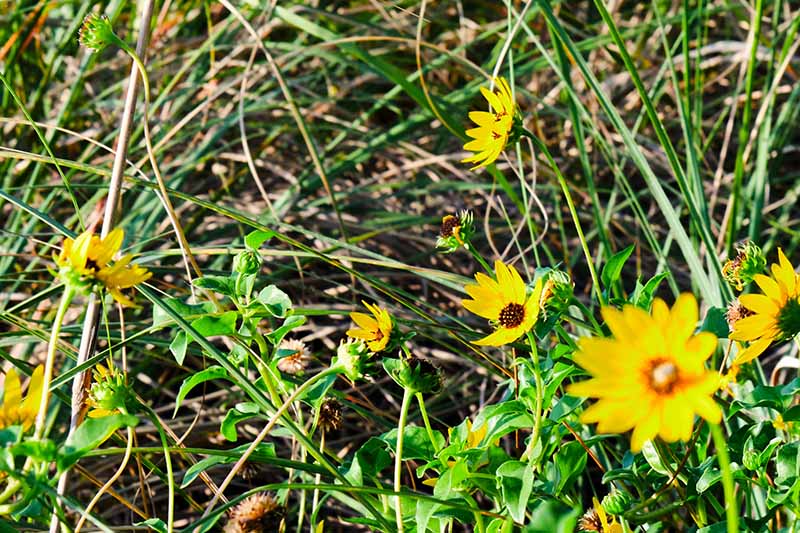
On the plus side, they’re pretty easy to start from seed, and a few are available as seedlings to transplant, too.
Here are three to consider:
Beach Sunflower Soluna Lemon
A H. debilis cultivar, ‘Soluna Lemon’ is a variety of beach sunflower. You may have spotted it or a similar type growing on dunes in warm climates.
Hardy in Zones 9 and 10, it’s a ground cover and great for coastal planting, since it tolerates salt and thrives in sandy soil and full sun.
It has an unusual growth pattern, putting out one- to three-foot center stems that send up branches that rise another three feet or so. The total height can be four to six feet, with a couple of feet – or even yards – of spread.
The branches bloom for most of the year, with profuse numbers of three-inch yellow-petaled flowers.
‘Soluna Lemon’ beach sunflower seeds are available in 50-seed packets from Burpee.
Maximilian
With the botanical name H. maximiliani, this pretty yellow bloomer is the quintessential meadow or prairie wildflower.
It is native to North America, where First Nations people grew it for its edible rhizome.
One of the most widely cultivated native types of Helianthus, ‘Maximillian’ is hardy in Zones 3 through 9 once you get it established.
These late-summer bloomers produce a bonanza of three-inch blossoms with dark centers. The narrow leaves range from two to 10 inches long, becoming longer higher up on the stems.
The petals are edible, and ‘Maximillian’ makes a nice addition to a cutting garden, too.
But beware that it gets tall, growing up to eight feet, and it may need staking or planting against a fence.
‘Maximillian’ seeds are available in various packet sizes and one-pound sacks from Eden Brothers.
Swamp Sunflower
Hardy in Zones 4a to 9a, the swamp sunflower, H. angustifolius, has blooms about three inches in diameter that are bright yellow with mahogany-colored centers. They attract both pollinators and songbirds.
These native plants attain six feet in height and start flowering late in the summer. They may bloom for 45 days once they get going, well into autumn.

If you’re coping with part shade, this variety can accommodate both that and sandy soil.
It’s handy for coastal gardens, too, since it also tolerates salt.
Swamp sunflower seeds are available from David’s Garden Seeds via Amazon.
Find tips on growing this variety here.
Annual Varieties to Consider
If you’re still deciding the exact type to plant but have settled on H. annuus as your best bet, here are three varieties to consider:
Mardi Gras
Want to get in on the dwarf variety craze and still have colors galore? All the plants in this blend grow to about 36 inches tall, but the blooms are a mix of yellow and red with dark centers.
Since ‘Mardis Gras’ produces flowers in about 60 days, it’s a good choice for those who are gearing up to plant a little later in the spring, or who have short growing seasons.
Consider this open-pollinated cut flower favorite for containers, too.
‘Mardi Gras’ seeds are available from Eden Brothers in a variety of packet sizes.
Torch
This is a cultivar of the annual I mentioned, Tithonia rotundifolia, that’s not a “true” sunflower but goes by the name Mexican sunflower just the same.
This variety grows up to six feet tall on fuzzy, soft, green stalks, and produces three-inch blooms with fluted orange petals and darker orange centers.
If you grow without chemical sprays, the blooms are edible.
Pollinators really go for ‘Torch,’ like moths to a flame. Note that it’s only hardy in Zones 5 to 10, though.
Gardeners in hot, arid areas will appreciate its drought tolerance, and it’s a great choice for native plantings and cut flower gardens.
You can find ‘Torch’ seeds available in packets and bulk from Eden Brothers.
Moonshine
A branching variety, ‘Moonshine’ has clusters of blooms on stalks that grow as tall as 80 inches, and bloom 70 to 90 days after sowing.
It’s an open-pollinated heirloom standout, with lemony yellow petals and striking, coffee-brown centers.
Cut it for arrangements, or plant it anywhere you’d like to attract pollinators, like near a vegetable garden.
‘Moonshine’ seeds are available in various packet sizes and one-pound sacks from Eden Brothers.
Will I See You Again, My Sunflower Friend?
I really like all the many sunflowers a home gardener could possibly plant, based on looks alone.
But I think it’s also super convenient to be able to choose both varieties that will come back next year, and those that let me pick something new each planting season.
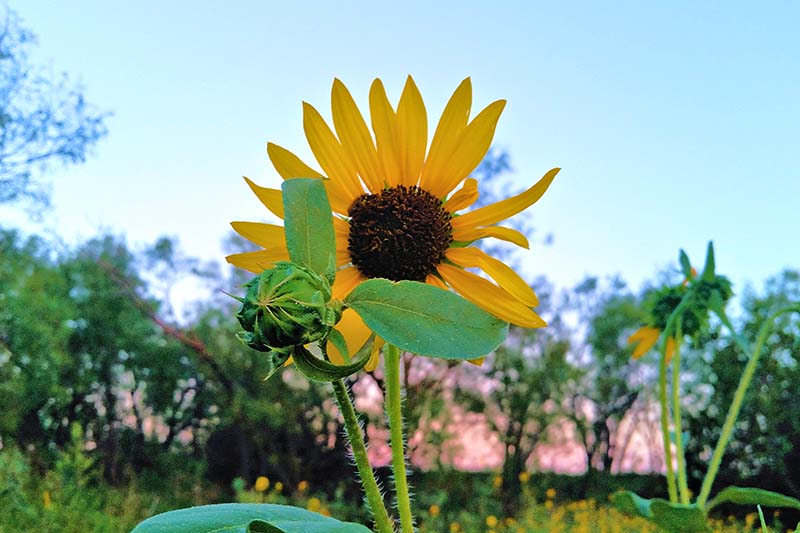
How about you? Do you have an experience to share or question to ask concerning these beautiful warm-weather flowers? Please add any input to the comments section, below.
And if you’re interested in more information on selecting varieties to grow, or caring for the ones you’ve already sown or transplanted, read these sunflower guides next:
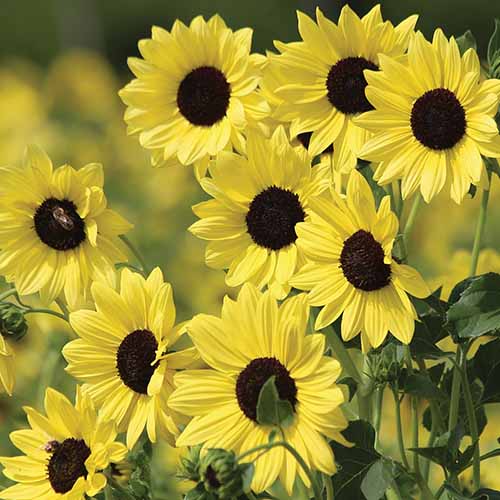
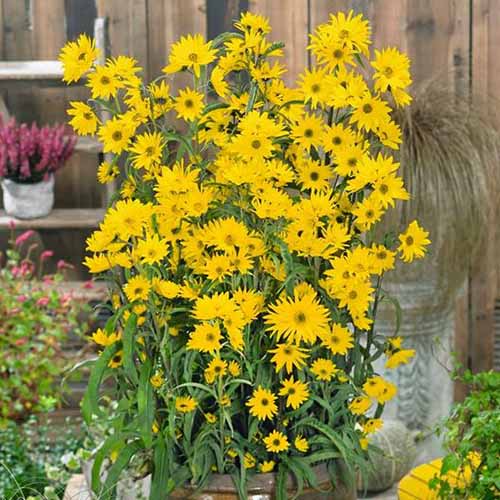
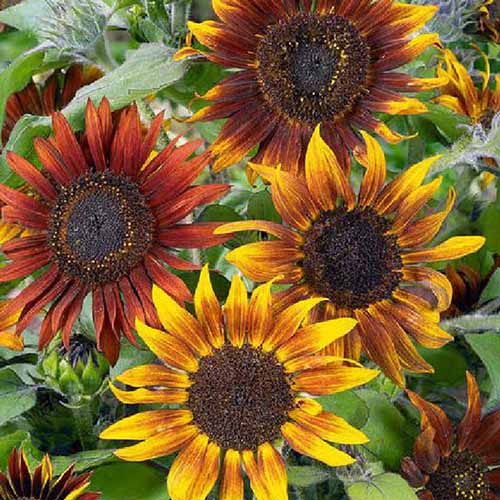

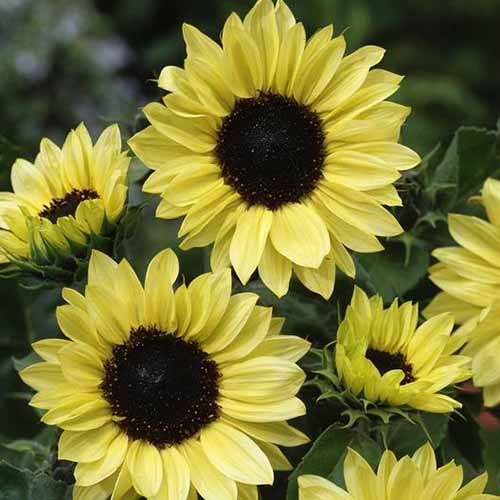
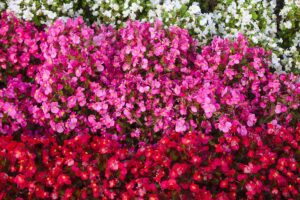
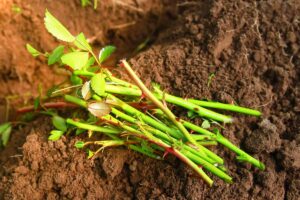
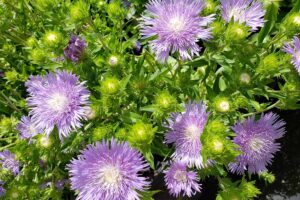
Still none the wiser…
Join the club, pal. The only thing that made any practical sense to me was the root difference, rhizome vs tap root.
That’s correct- perennial sunflowers will spread via underground rhizomes, while annuals don’t produce these. If you don’t know what particular species you’re growing, this serves as a useful indicator of whether your plants will go dormant and then return the following year.
Happy to help if you have any specific questions that we can clarify for you!
Anyone know if the “Sunbuzz” variety are annual or perennial? They are gorgeous!
Hello Vic! The ‘Sunbuzz’ sure does look appealing. Since it’s both a Helianthus annuus type and is known for being pollenless, we can safely say it’s an annual. It does produce blooms over a long period, though. Happy growing!
Does anyone know if Solsation is a perennial? Or if it can be overwintered indoors?
Hello, Judy. Solsation™ sunflowers bloom from late spring to early autumn, but they are a type of Helianthus annuum. These kinds of sunflowers are annuals that won’t grow as perennials even if you take them indoors in the winter. They can be grown in containers, and they’re quite compact,. So it would be possible to extend the season by a week or two on either end by starting them indoors in pots a few weeks ahead of transplanting, and/or bringing them indoors for a few weeks at the end of the season if it’s getting chilly and they still have… Read more »